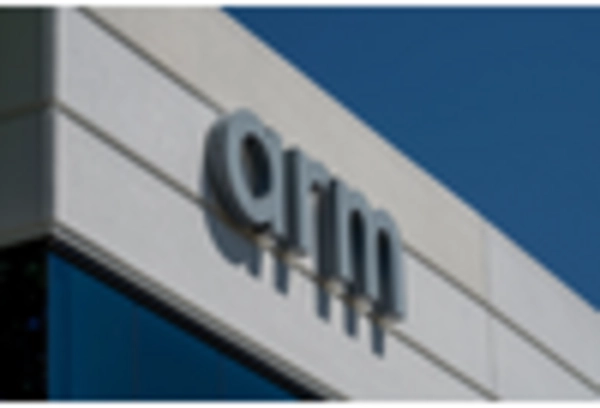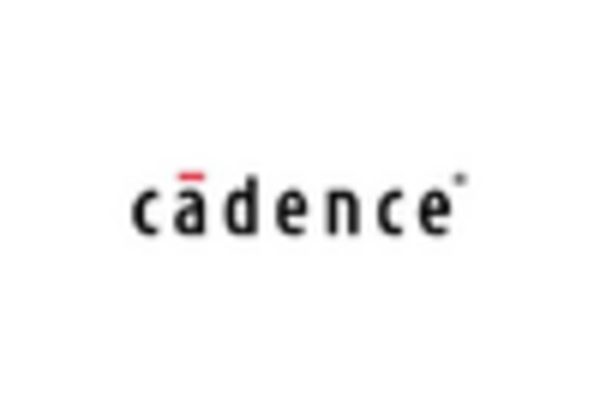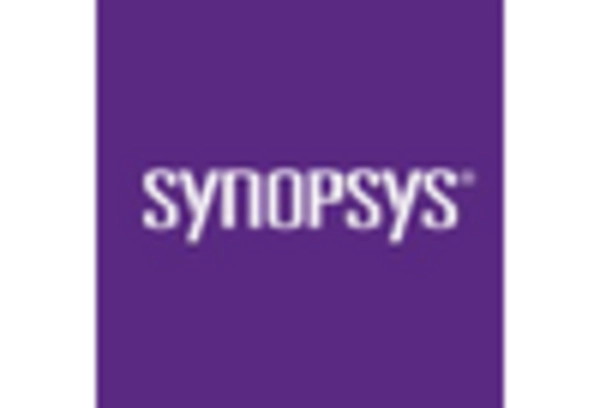Emergence of 5G Technology
The rollout of 5G technology is poised to have a profound impact on the Semiconductor Memory IP Market. As 5G networks become more prevalent, the demand for high-speed data transmission and low-latency communication is increasing. This technological advancement necessitates the development of memory solutions that can handle the increased data flow and support advanced applications such as augmented reality and the Internet of Things (IoT). Industry analysts suggest that the 5G market could reach significant valuations, thereby creating opportunities for memory IP providers to innovate and adapt their offerings. The Semiconductor Memory IP Market is likely to see a shift towards solutions that cater specifically to the requirements of 5G technology.
Growth in Consumer Electronics
The Semiconductor Memory IP Market is significantly influenced by the growth in consumer electronics, which continues to expand at a rapid pace. With the proliferation of smart devices, including smartphones, tablets, and wearables, the demand for advanced memory solutions is on the rise. According to recent data, the consumer electronics sector is expected to witness a compound annual growth rate (CAGR) of over 5% in the coming years. This growth directly correlates with the need for efficient and high-capacity memory IP, as manufacturers seek to enhance device performance and user experience. Consequently, the Semiconductor Memory IP Market stands to benefit from this ongoing trend, as companies strive to meet the evolving demands of consumers.
Focus on Automotive Electronics
The Semiconductor Memory IP Market is also experiencing growth due to the increasing focus on automotive electronics. As vehicles become more technologically advanced, the demand for memory solutions that support features such as autonomous driving, infotainment systems, and advanced driver-assistance systems (ADAS) is rising. The automotive sector is projected to invest heavily in electronic components, with estimates suggesting a significant increase in the market size over the next few years. This trend indicates that memory IP providers who can deliver high-performance, reliable solutions tailored for automotive applications may find substantial opportunities within the Semiconductor Memory IP Market.
Rising Need for Data Storage Solutions
The Semiconductor Memory IP Market is witnessing a rising need for efficient data storage solutions, driven by the exponential growth of data generation across various sectors. As businesses and consumers alike generate vast amounts of data, the demand for reliable and scalable memory solutions becomes increasingly critical. Reports indicate that the global data sphere is expected to reach several zettabytes in the near future, highlighting the urgency for advanced memory IP that can accommodate this growth. Companies that specialize in developing innovative storage solutions are likely to thrive in this environment, as the Semiconductor Memory IP Market adapts to meet the challenges posed by data proliferation.
Increasing Adoption of AI and Machine Learning
The Semiconductor Memory IP Market is experiencing a notable surge in demand due to the increasing adoption of artificial intelligence (AI) and machine learning technologies. These advanced applications require high-performance memory solutions to process vast amounts of data efficiently. As organizations integrate AI into their operations, the need for specialized memory IP that can support complex algorithms and real-time data processing becomes critical. Reports indicate that the AI market is projected to reach substantial figures, further driving the Semiconductor Memory IP Market. This trend suggests that companies focusing on developing memory solutions tailored for AI applications may find lucrative opportunities in the evolving landscape.














Leave a Comment